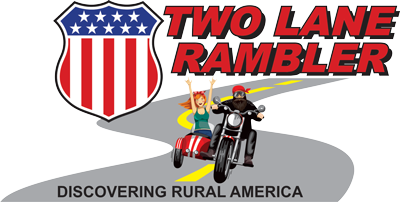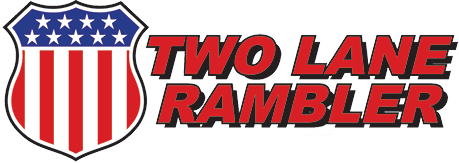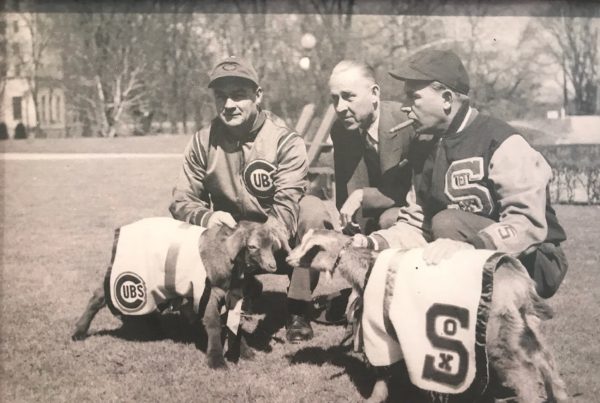This is the first of three articles about the Springs Valley area of Southern Indiana, that appeared in a Fall 2019 edition of “The Greenville Advocate”. The articles focused on the rich sports history that evolved around the resort towns of French Lick and West Baden, Indiana and are worthy of a trip there for you to learn more.
QUESTION: What do Larry Bird; Donald Ross, Pete Dye and Walter Hagen; the 1957-58 Spring Valley Blackhawks; the Hagenbeck-Wallace circus; the Chicago Cubs; colored traveling baseball teams; and a covered, two-story velodrome/horse track have in common?
ANSWER: The Springs Valley area of southern Indiana or, more specifically, the towns of French Lick and West Baden. All of those named above have spent substantial time in the “Valley” and have become part of the sports folklore of the area.
This is not to slight two magnificent resort hotels; wannabe president (at the time) Franklin Roosevelt; Al Capone; or the original buffalo, who “licked” the Frenchman’s mineral water in the area centuries ago…but then, this is “only” a sports story.
Resort front porches are therapeutic

How do I know these things? Because my recent “hospital visit-before-vacation” plan had me ending up at the French Lick Resort and Casino for a few days with plenty of time to sit on the veranda and read and, also, to be driven around to look at things, but not participate in anything involving me lifting over 10 lbs.
Hello museums and sight-seeing, here I come. And since this column may spill over from the sports pages to the Editorial page, let me take a stance on an important issue, “I am strongly in favor of everyone taking time to sit on a veranda and watch leaves fall from trees this time of year!” And that’s a good reason to take a drive to Springs Valley area in Southern Indiana. Plus, it’s only three hours away from my home in Southern Illinois.
French Lick and West Baden: Rival cities from the very beginning
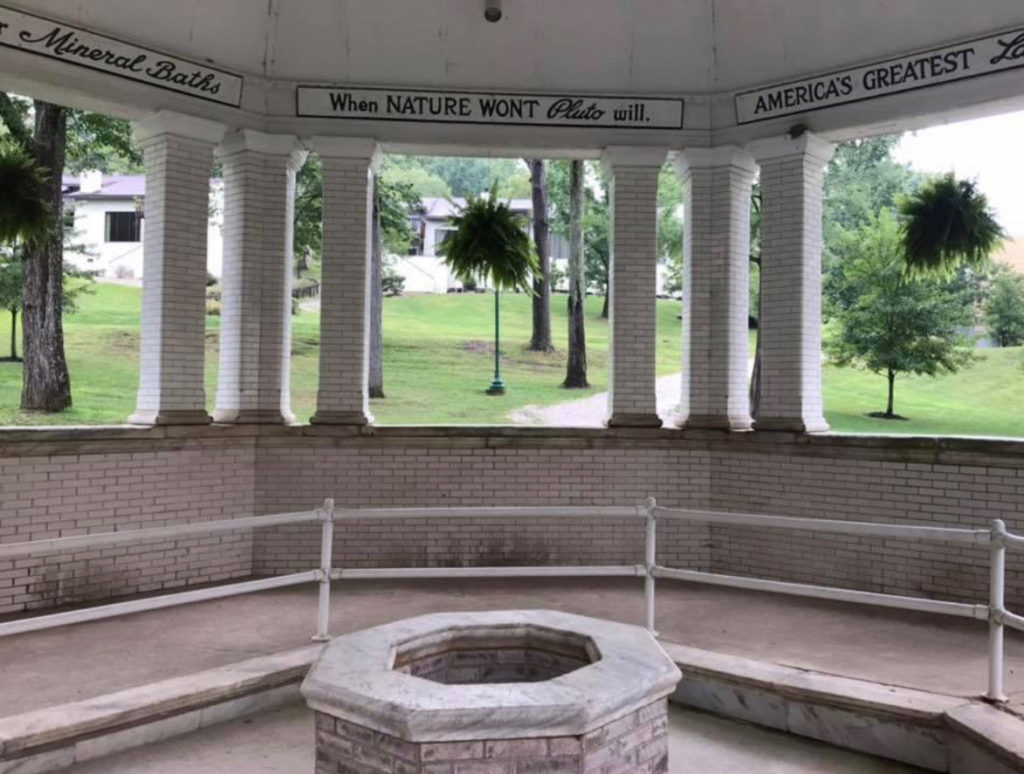
In a brief history, the towns of West Baden and French Lick began competing when mineral water springs were discovered less than a mile apart in the 1840’s by competing doctors, who each had a vision of doing great things with the elixir they found and shipped world-wide over the next century. Health-based hotels were built and the town lines were drawn and the battle over everything great or small began.
The magnificent resort hotels were added around 1900 and that further fueled the fires of competition, until the depression dealt the area a major blow as people stopped traveling and spending on niceties such as those found in the “Valley” towns. But enough of that history, because you’ll just need to visit those two resorts to fully understand the magnitude of the rivalry. So, let’s just focus on the history of sports in the “Valley”.
Larry Bird: French Lick’s favorite son
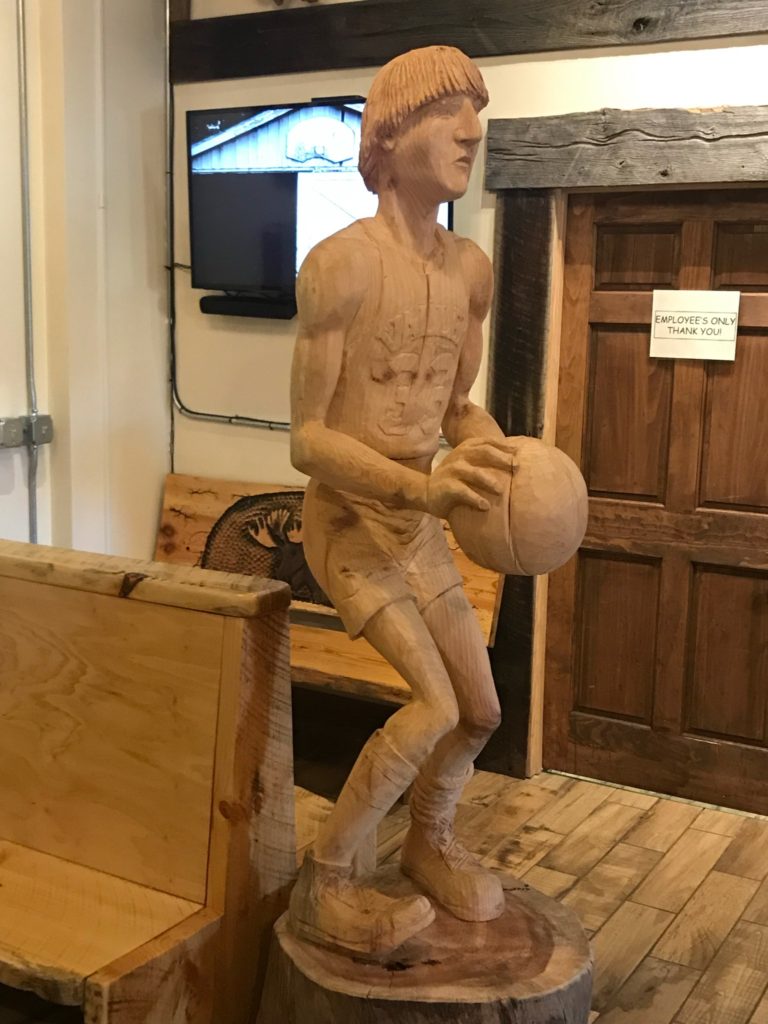
The “Hick from French Lick” may have been a label placed on bona fide small-town basketball star Larry Bird when he went from French Lick to Terre Haute to the Boston Celtics and I don’t think he would try to deny it.
His story is legend here and true. How he went to Indiana University to play for Bobby Knight but got so homesick that he hitch-hiked home in a few days, dropping out of school and returning home to ride a garbage truck for a while in the Valley before being coaxed to attend the much smaller Indiana State University and taking them to the NCAA final against Michigan State and Magic Johnson in 1979.
In fact, he maintained a home in French Lick until recent years when he has pretty much moved to Indianapolis, the center of his post-playing-days career in coaching and management with the Indiana Pacers. The house at which a memorable Nike commercial was shot featuring Bird and Magic back in the late 1980s, still exists but reportedly has had a couple of other owners since Bird.
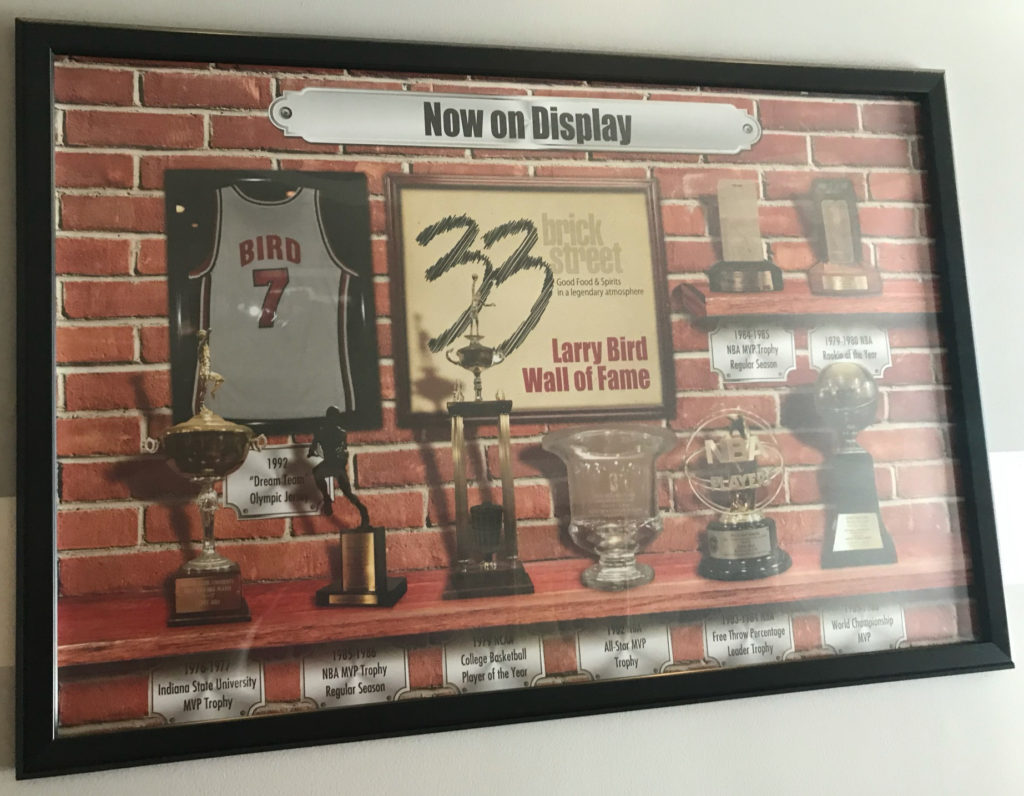
Yes, he is the all-time leading scorer for the Springs Valley Blackhawks and did knock down 55 points against Corydon one night (legends do that kind of stuff), but more than that, he has and will always be from French Lick.
For example, his playing prime in the 80’s coincided with a time that the West Baden Springs Resort (considered the 8th wonder of the world when it was completed) had fallen on hard times. During the depression this magnificent structure was deeded to the Jesuits for $1 and it became a college for many years, turning out priests (they too are part of the basketball story in the Valley, so keep reading), then it became a private college before basically being abandoned.
For several years, Bird made the resort the home for his large-scale basketball camp as he tried to help create renewed interest in the crumbling structure. The interior of the hotel, which could house a three-ring circus, is six stories tall and wide open. Every portable basketball goal in the area was moved to the hotel and employed inside or out to accommodate the next generation of basketball-mad Hoosiers.
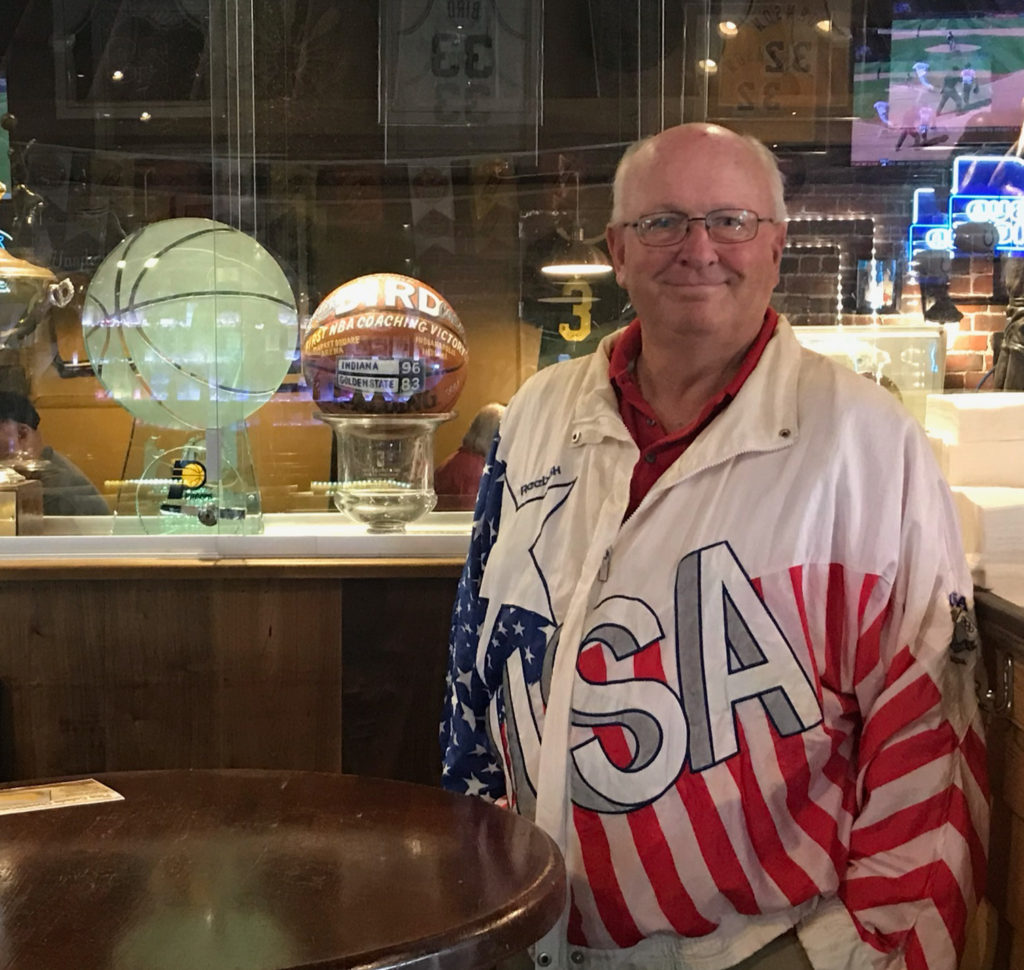
For more on Larry Bird, go to 33 Brick Street, a dandy bar & grill in downtown French Lick, where friends of Bird house much of his memorabilia, including the 1972 Dream Team Olympic warm up jersey that you can try on if you ask. “33” was Bird’s number and “Brick” has nothing to do with his shooting ability. It’s merely the name of the street outside the front door.
1957-58 Spring Valley Blackhawks story: Better Than “Hoosiers”

We serious basketball fans have seen the movie “Hoosiers”, which inspired a much-dramatized (for Hollywood) version of the 1954 Milan, Ind. high school team that won the one-class basketball title against all comers. But folks at the Springs Valley Museum, will gladly sell you a book about the 57-58 Springs Valley Blackhawks, “The Valley Boys” by Timothy Wright.
Remember how the two towns fought tooth and nail about everything from their mineral water to their resort hotels? When it came to high school sports, you could probably multiply that intensity times 10. Athletes from one town seldom went to the other without a couple of buddies in his “posse” just to avoid problems with their rivals: reminiscent of the Sharks and Jets in “West Side Story”.
Sprudels and Plutos: Arch-rivals join forces
Amazingly, the folks in the Valley voted to consolidate the two schools, which was happening far and wide in rural areas during the 50s, but not many were happy about it.
The towns were so divided that fans showed up early in the basketball season wearing their old school colors and logos: the West Baden Sprudels fans in blue and the French Lick Pluto in red, not the new “consolidated” Blackhawk colors. The team nicknames came from the brand of mineral water marketed by each respective community.
Blackhawks go 25-0 before state semi loss
That team was credited with bringing the two towns together as never before. They went 25-0 and by the third game, every fan was flying the new colors. They advanced to the final four in the state tournament before bowing out to a team loaded with size: a seven-foot center and two six-foot-five forwards compared to the Blackhawk’s six- foot-one inch center. Game over, but not the story of how a team brought a community together.
Norman Dale was here before coaching “Hoosiers” squad
Here’s a couple of footnotes for you. “Hoosier’s” coach, Norman Dale played by Gene Hackman in the movie, was in real life, Marvin Wood, who coached one of the Valley schools a few years before going to Milan and winning the title. He was in constant contact with the first-year coach who took on the Valley situation.
And don’t forget the Jesuits, four of Springs Valleys starters had played on a very good West Baden team the year before and to what did they attribute their success? To the Jesuit boys who came in from colleges like Xavier and Marquette to study for the priesthood. The West Baden high school boys scrimmaged against college players regularly at the West Baden seminary.
Cobden, IL Appleknockers: A better story
Possibly a better tale than that of the “real” Hoosiers, was that of the Cobden, IL Appleknockers, when they finished second in state in 1964. That team experienced considerable real-life drama (summertime drowning of a starter, a school board that had to change a policy to allow married boys to play, thus returning their star player to school) but that team also lacked the championship to make them worthy of a movie.
You can read about Cobden in the book,”The Amazing Appleknockers: Illinois’ Cinderella Basketball Team of 1964”.
Yes, this just got too long but, as you watch the leaves fall in the coming weeks, look for the next installment about the characters from the “Valley” and go somewhere and find history that excites you.
